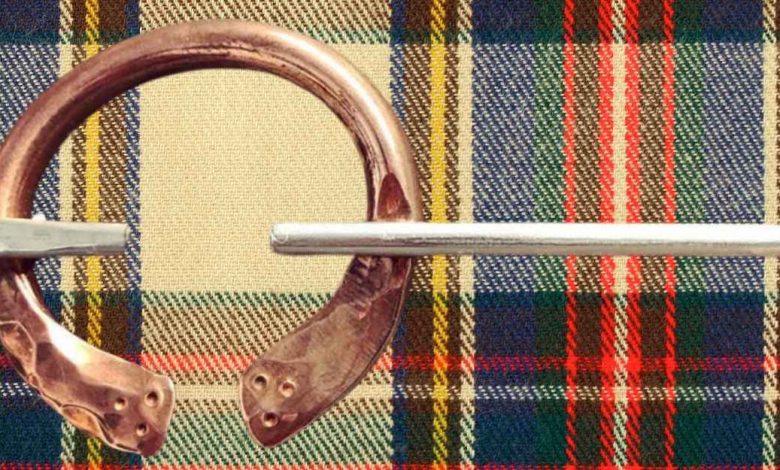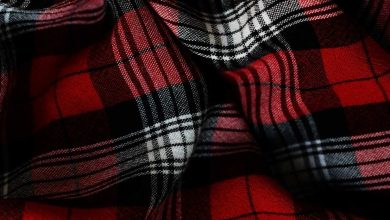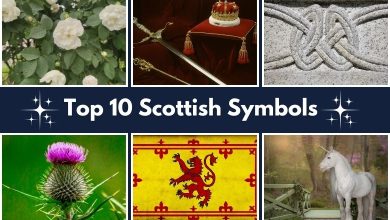Kilt Pin The History, Importance, and Much More You Must Know

When we talk about the proud moments in our lives, usually they are connected to any achievement or have a traditional touch. For the Scots, every moment is a proud moment, and they often prove this claim right by wearing kilt outfits around the year.
This attire became a part of their lives in the 16th century and still has the same level of fame, even more. They usually wear kilt jewelry with kilts, including headgear, ghillie brogues, pins, and other jewelry to complete this outfit.
Today, our topic is kilt pins; we will discuss everything about them. Starting with their introduction, we will cover other aspects, such as types, history, and tips for choosing the correct pin.
What is A Kilt Pin?
Today, the kilt pin is considered one of the most complementary parts of the attire. These pins are attached to the lower part of the front apron to hold it.
They are usually made with metal, pewter, silver, and steel. Wearers attach it 2-4 inches above the knee length of the kilt and 1.5 to 2 cm from the fringe. Once, the pins were attached to hold the apron, but now the story is a bit different, and they are common as decorative elements. Initially,
pins had the same shapes or maybe with little variations; now, you can find their different types in the market. Let us have a look at different types:
- Shamrock Scottish Kilt Pin
- Handcrafted Scottish Kilt Pin
- Chromed Sword Kilt Pin
- Highland Scottish Rampant Lion Kilt Pin
- Irish Harp Kilt Pin
- Scottish Highland Masonic Kilt Pin
Remember, these are just a few types of kilt pins, while there are hundreds of more. One more thing that we must add here is that pins are different in style, and some are associated with their ancestors.
The History Of Kilt Pin
We believe you have no questions regarding the kilt pins now, so move a step ahead and discuss their history. The history of these pins is not as old as the kilts.
There are different rumors about their past. However, the most authentic event that most historians believe as the real one is connected with Queen Victoria in the 1830s.
Queen Victoria was inspecting her soldiers once and noted one of them was struggling with his kilt in the windy conditions. She removed a brooch from her hat and gave it to him to secure his outfit.
Since then, kilt pins have become an integral part of their outfit. It is said that she made it mandatory for the military to attach pins to their outfit.
Right after becoming a permanent part of the kilt outfit, pins witnessed a variation, and they transformed from military essentials to civil wearing.
Modifications of a pin were used to elaborate how wealthy or powerful the wearer was. This does not mean that poor people or people with low power or worth did not attach pins; however, the designs they wore were simple.
The Cultural Importance
Without a doubt, the kilt outfit, being a traditional domain, has a super dominance worldwide. Likewise, every part of this attire is very important and is connected with culture, whether it is a kilt or a kilt pin.
The cultural significance of this specific part of the kilt is equally important.
The history of kilt pins reminds people of an event connected with humanity. It tells us about the real character of an authority figure who saved his subordinate from humiliation.
These pins also help others to know your clan because the crest engraved on them usually symbolizes it.
Tips To Choose A Pin
Today, the kilt pins come in hundreds of styles, if not thousands. That’s why you can find them in multiple colors, sizes, and shapes.
Another factor that provides ease to wearers is that there are no complex rules for choosing a kilt. Therefore, you should only know your preferences.
First of all, match your pins to the tartan—secondly, the event where you are wearing the kilt. If the occasion is formal, you can opt for a fashionable pin. Otherwise, you must have a pin with a traditional crest when you need a pin for any historical event.
Conclusion
The kilt pins are considered the backbone of the different kilt accessories. They are placed on the lower right side part of the kilt. Their primary purpose was to hold the apron so it would not fly in the wind, but it transformed from practicality to fashion statement with time.
Their history is almost 2 centuries old, and Queen Victoria ordered military people to attach pins with traditional outfits after an interesting incident. Furthermore, choosing the kilt is not a problem; there are only 2 factors you need to remember. First, ensure that your pin matches your tartan, and second, to see the event where you will wear it. If you need it for a cultural event, you must prefer the pin with an ancestral crest.




